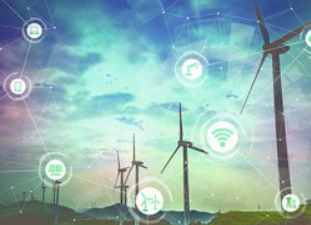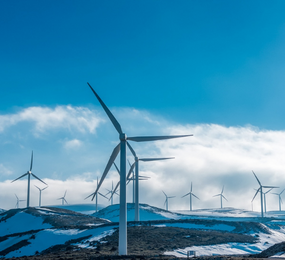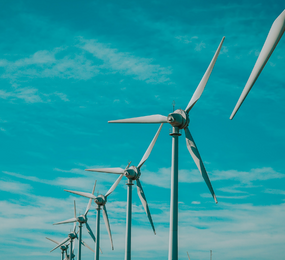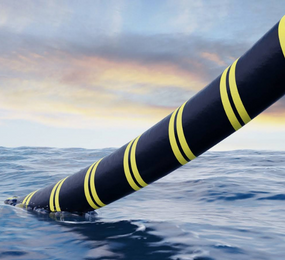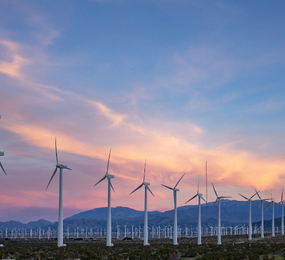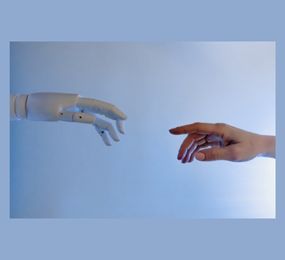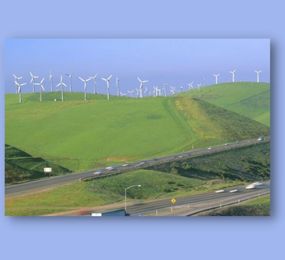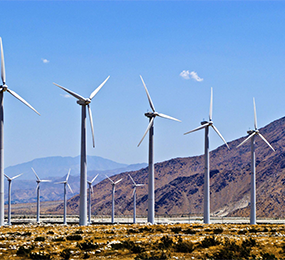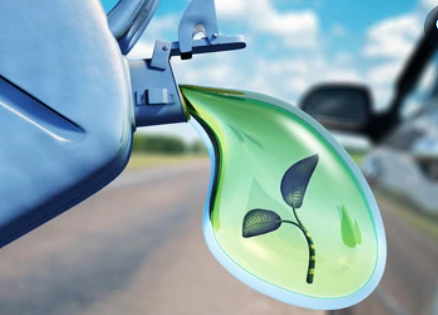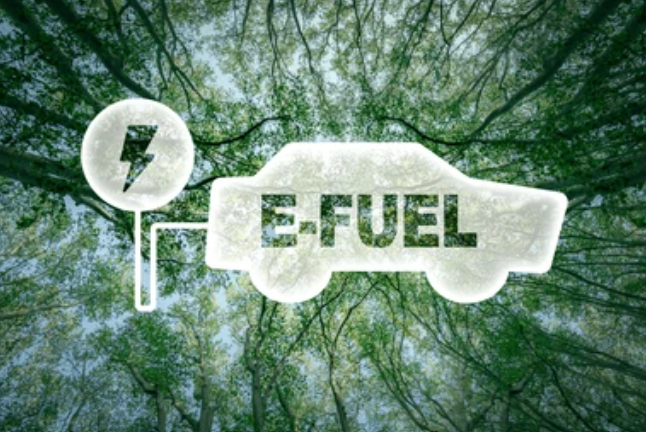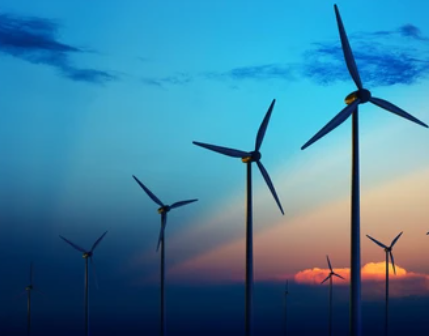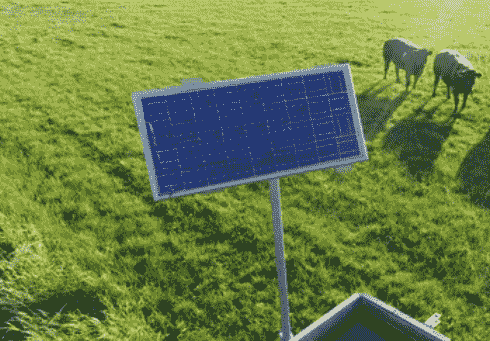Wind energy continues to play a vital role in the global shift toward cleaner power. It's efficient, renewable, and rapidly growing. But as more turbines go up, a critical question looms: what happens to the blades when they're no longer in service?
Wind turbine blades are designed for durability, often operating for two to three decades. Made primarily from composite materials like fiberglass or carbon fiber reinforced with epoxy resins, these blades are built to endure high-stress environments. However, this same strength and complexity make them difficult to recycle once decommissioned.
Today, many end-of-life blades are sent to landfills. While they don't pose hazardous waste risks, their bulk and volume raise serious environmental and logistical concerns. With thousands of turbines reaching retirement age, finding sustainable solutions for blade disposal has become increasingly urgent.
In response, researchers and manufacturers are working to revolutionize blade materials. Emerging technologies include thermoplastic resins that can be re-melted and reprocessed, as well as bio-based resins derived from renewable resources like vegetable oils and starches. These alternatives offer improved recyclability and reduce the carbon footprint associated with production.
Recycling methods are also evolving. Mechanical recycling involves grinding blades into filler materials for construction applications like concrete and asphalt. Thermal and chemical recycling techniques are being developed to extract valuable fibers and resins for reuse. In some innovative projects, full blade segments are being repurposed into structural elements for bridges, playgrounds, or public art installations.
A broader shift toward circular design is also gaining traction. Industry leaders are increasingly considering recyclability from the initial design phase, making sustainability a built-in feature rather than an afterthought.
Conclusion
The wind sector has made impressive strides in powering a cleaner world. But to remain truly sustainable, the industry must now look inward—at its materials and end-of-life practices. Through smarter design, innovative materials, and dedicated recycling efforts, wind turbine blades can be part of a cleaner cycle—supporting not just the energy transition, but the environmental values behind it.
Learn more on our website: https://www.leadventgrp.com/events/3rd-annual-wind-blade-materials-and-recycling-forum/details
For more information and group participation, contact us: [email protected] .
Leadvent Group - Industry Leading Events for Business Leaders!
www.leadventgrp.com | [email protected]


